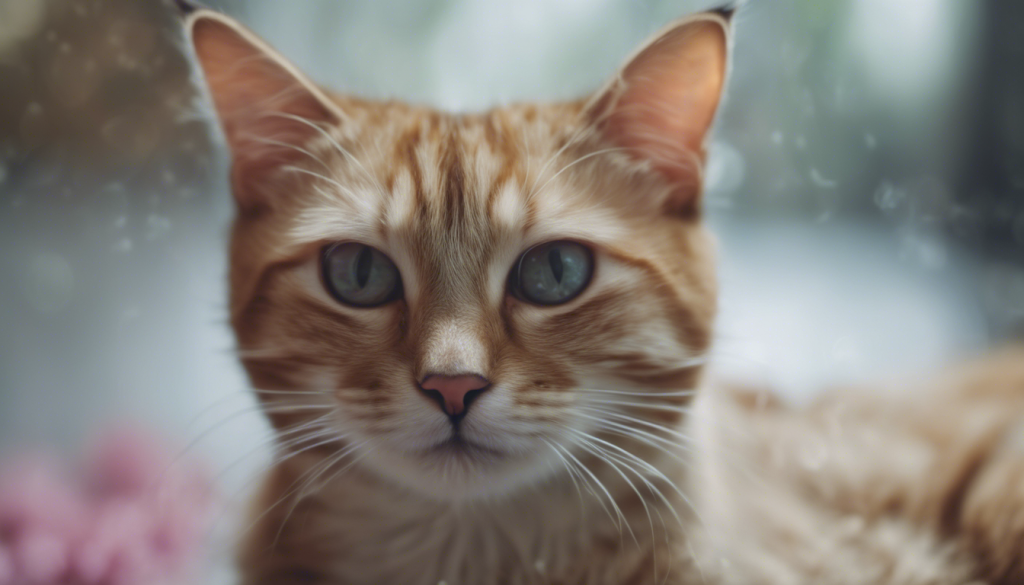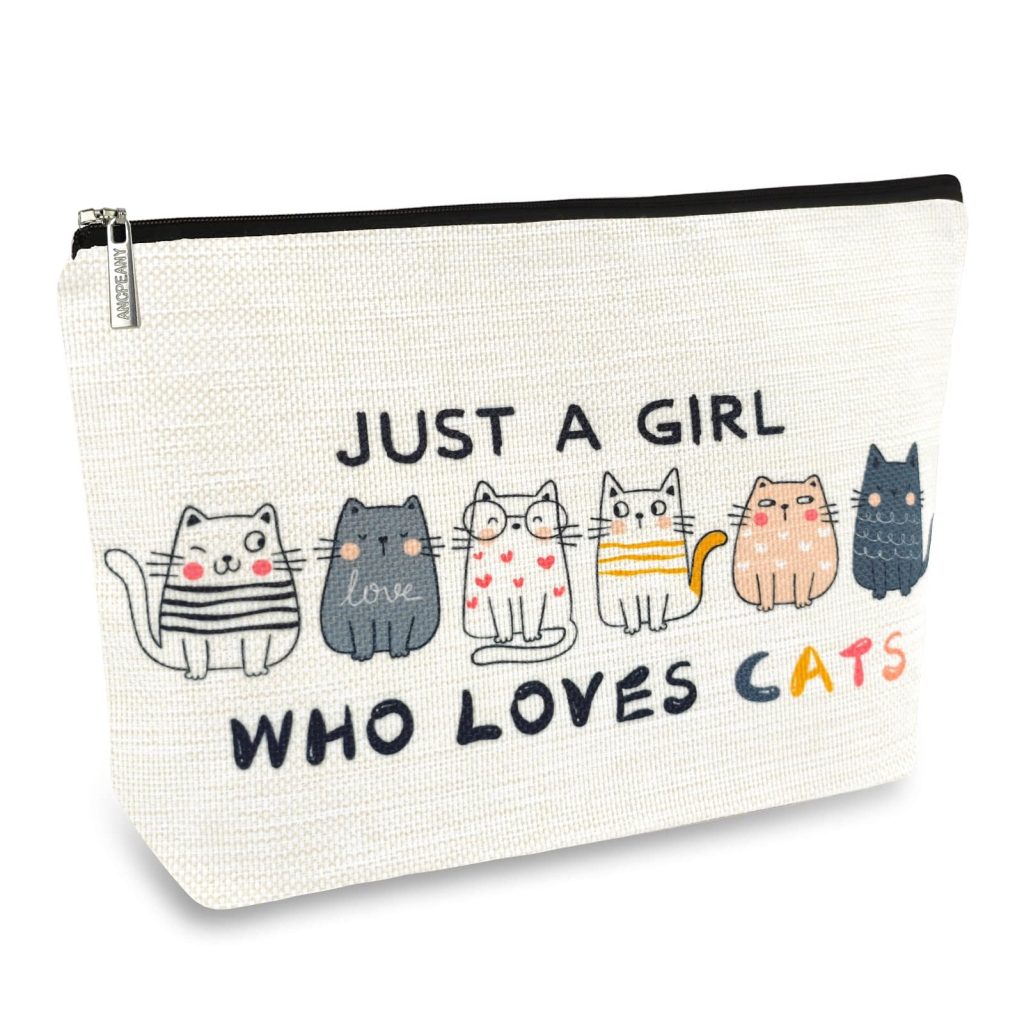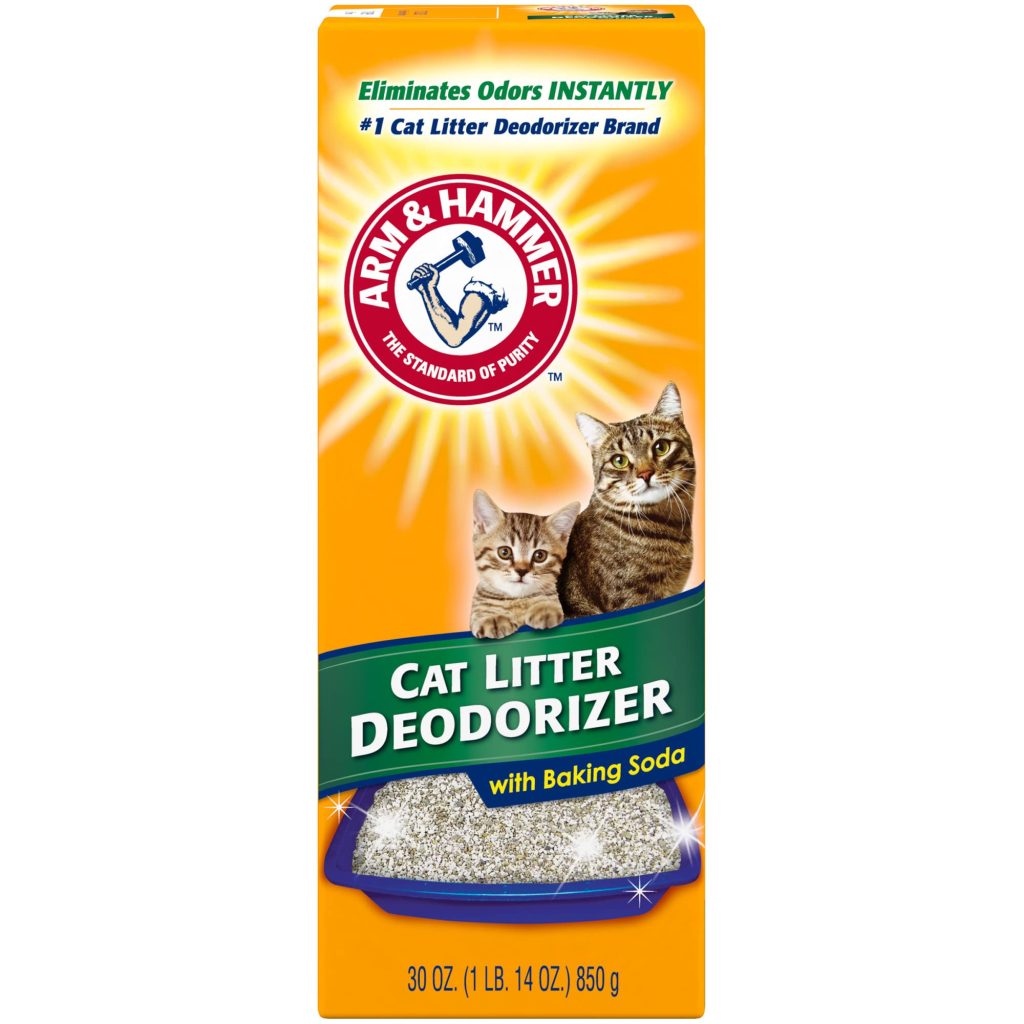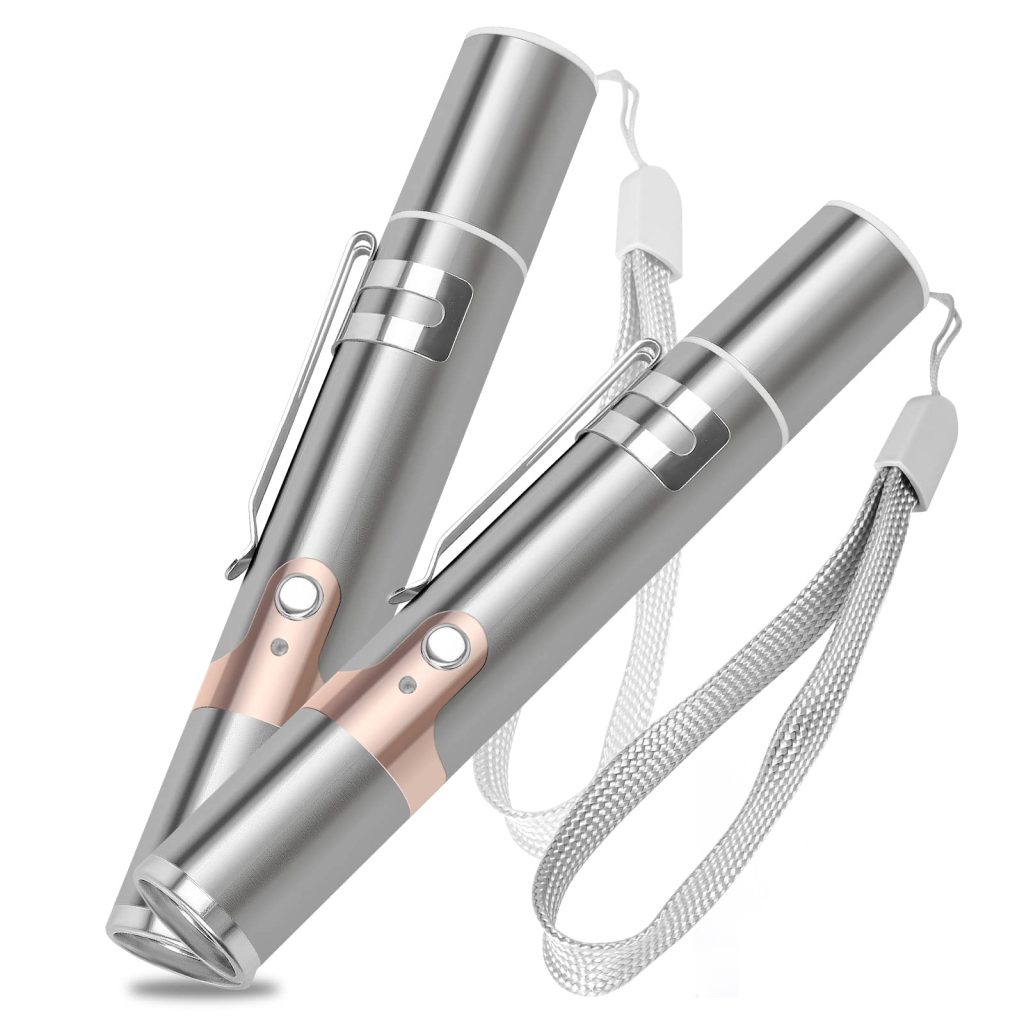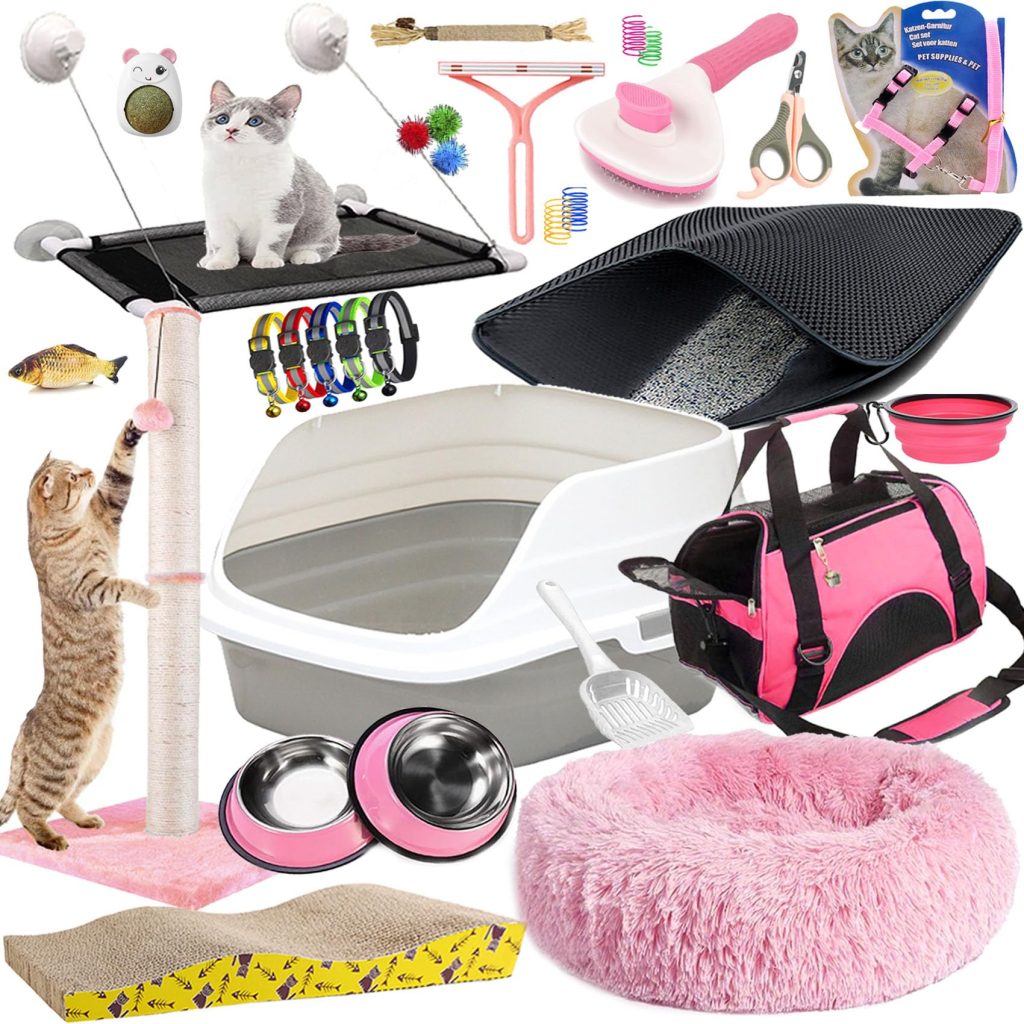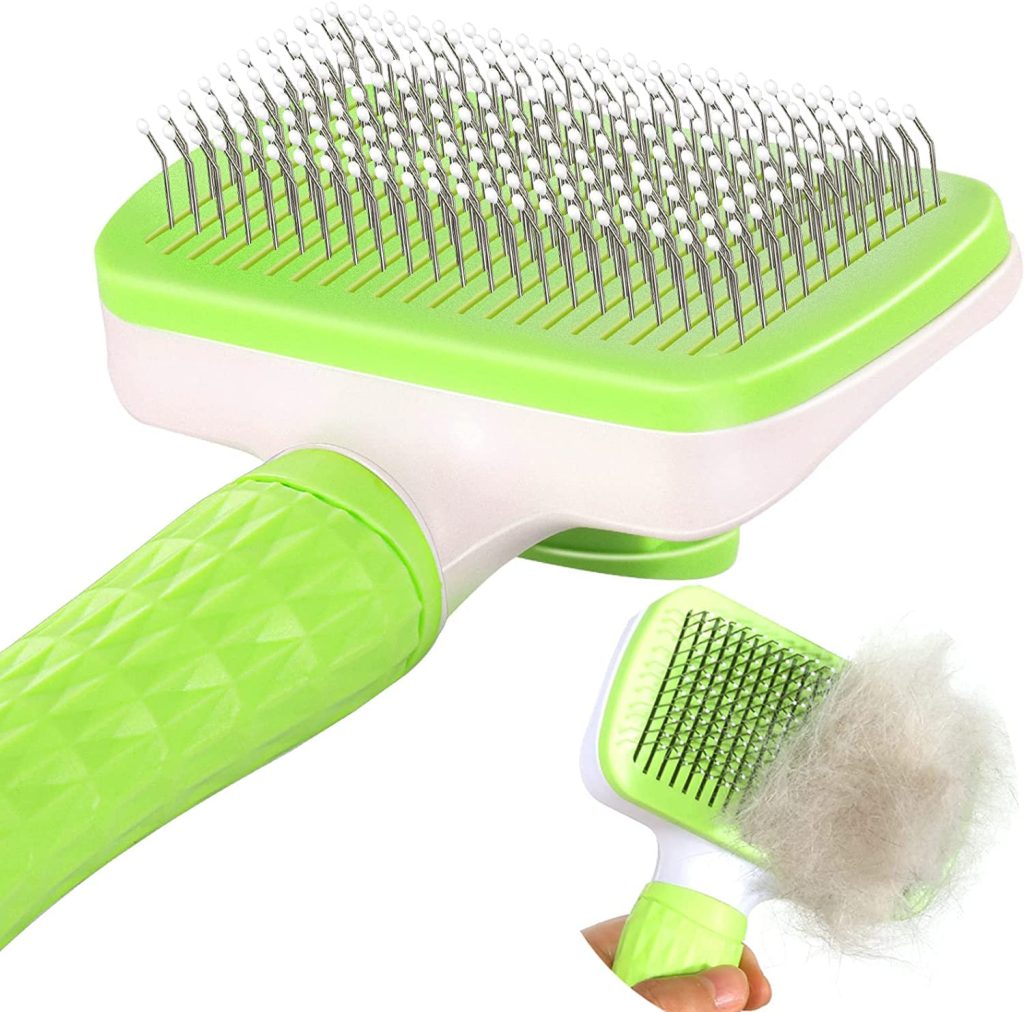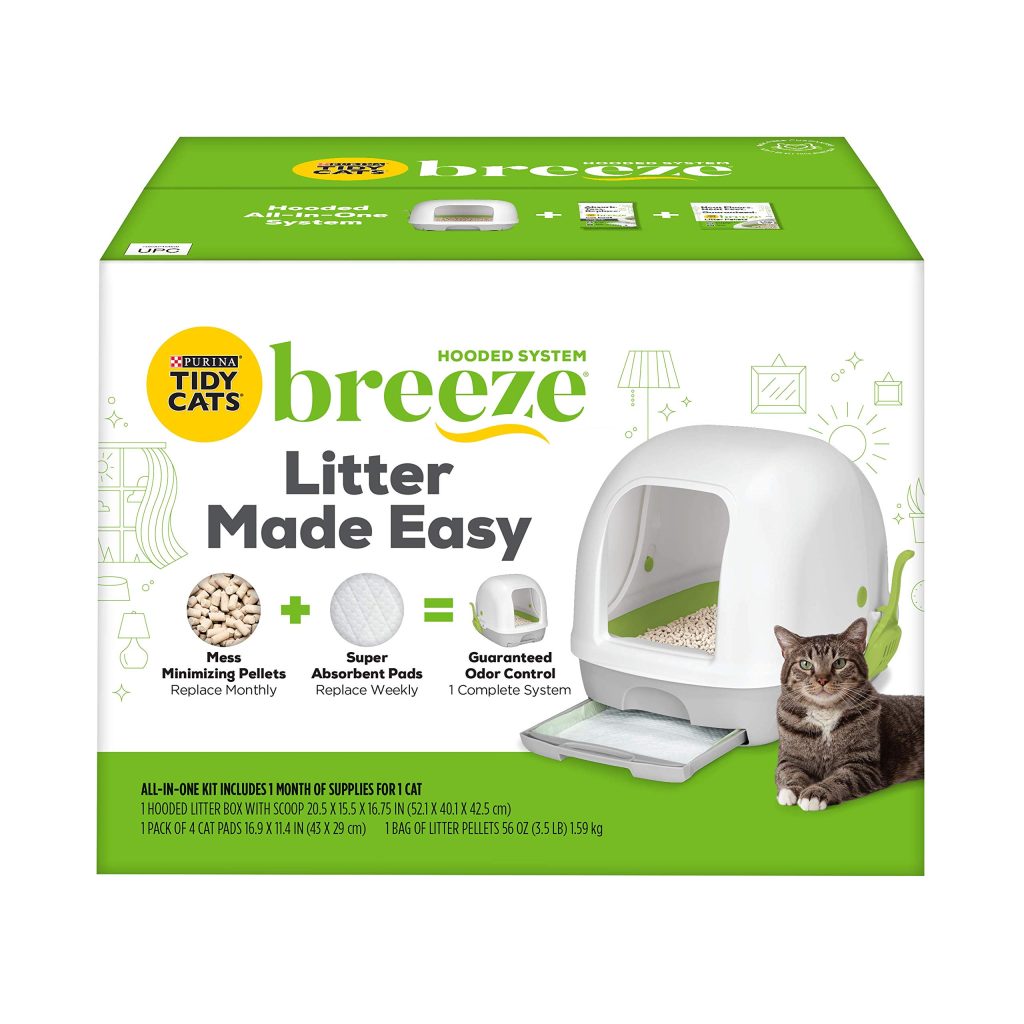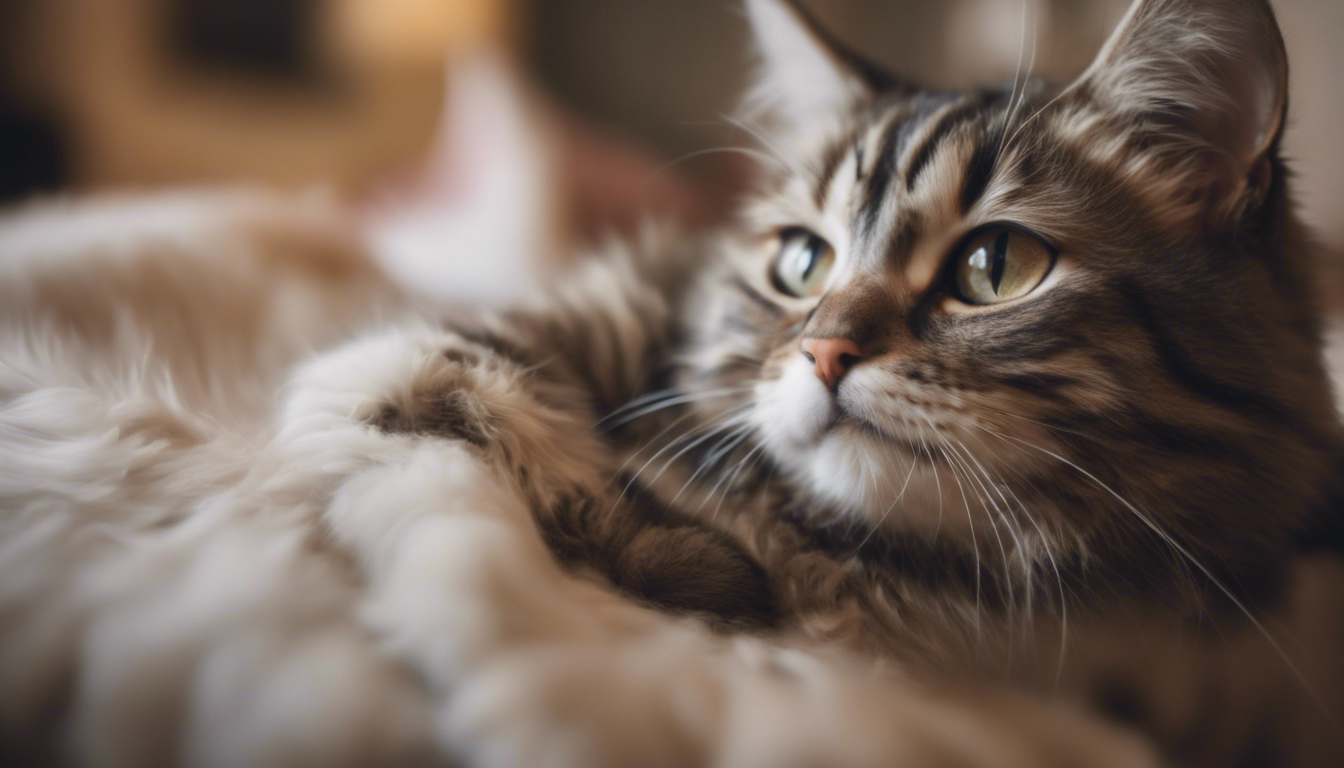
Understanding Your Cat’s Grooming Needs
Grooming isn’t just a hygiene routine; it’s a way to whisper sweet nothings in your kitty’s ear. Well, sort of. Cats are fastidious creatures that spend a good chunk of their day licking themselves clean. This isn’t only about looking sharp for the next catnip party. It’s their instinctual way to keep cool, stimulate circulation, and feel good. But here’s the kicker: despite their natural tendencies, cats can absolutely benefit from a helping human hand.
Short-haired felines might seem low maintenance, but even they can get into a tangle with mats in their coat. Brushing a couple of times a week helps to evict dead hair and dirt, cut down on the dreaded hairballs and distribute natural skin oils through their fur, giving them that camera-ready sheen. Plus, it’s a chance to check for unwelcome freeloaders like fleas or ticks who’ve hitched a ride.
Now, if your kitty’s rocking a long coat, imagine a Rapunzel situation if Rapunzel rolled around daily in a sandbox and had a thing for chasing butterflies. These luxurious-furred cats need daily sessions to keep their mane free from matting and the world from being covered in a carpet of cat hair. It’s like untangling a pair of earphones but twice as fluffy and with the added risk of spontaneous affection.
Beyond the coat, those toe beans and pointy ear-tips need attention, too. Claws, which can turn into unintentional Velcro hooks or scratching post nightmares, should be checked and trimmed regularly to prevent them from growing too long. Ears aren’t just adorable, quirky radars; they can collect dirt and wax, which can lead to infections if not cleaned gently.
Grooming your cat isn’t just about keeping them spick and span. It is about health checks disguised as cuddle time. It’s about noticing that tiny bump or change in skin condition before it becomes a big deal. It’s about catching those subtle cues that whisper “something’s not right” long before your kitty decides to let you know with a less-than-subtle yowl.
So, you see, grooming is your secret agent tactic, not just in the battle against loose fur, but also as your regular health check-in. It forges an alliance between you and your cat against the sneaky forces of nature like parasites and matted fur. And as bonds go, few things say ‘I’ve got your back, furball’ quite like the soothing strokes of a good grooming session.
The Right Tools for Feline Grooming
Now that you are convinced of the importance of joining forces with your cat in the grooming arena, it’s time to arm yourself—and not with just any old brush you find at the bottom of the pet supplies bargain bin. No, your cat deserves the secret weapons of grooming: tools that make the experience pleasant for both of you.
Let’s talk brushes and combs. Every cat commander needs a trusty sidekick, and the slicker brush is often the weapon of choice. It’s ideal for gently removing loose fur and for smoothing out minor knots. For cats with long hair, a wide-toothed comb can be a lifesaver, slipping through fur to detangle without pulling. Ponder of this comb as a magician’s wand, which, with a little skill, can make matted fur disappear. Remember, always be as gentle as you would want someone to be with your own hair—gentle strokes can avoid pulling the hair and causing discomfort.
Next on the roster: the de-shedding tool. Ponder of it as the ultimate ally in your battle against hairy furniture. This tool is designed to reach deep into your cat’s coat and pull out the loose undercoat that typically ends up on your sofa. It isn’t for everyday use, though. Deploy it once or twice a week when you notice your cat is shedding more than usual.
Let’s not forget the smaller gadgets in your grooming belt. Nail clippers should be sharp and designed specifically for cats—this isn’t the time to repurpose human clippers, as you risk splitting the nail. Trim carefully, avoiding the pink quick where the nerves and blood supply are. If you are feeling unsure, a vet or professional groomer can demonstrate the proper technique.
Ear cleaners should be mild and formulated for cats, preferably recommended by your vet. And for the kitty equivalent of a spa day, a pair of grooming gloves can provide a massage-like experience. They’re great for cats who might not be keen on the brush or comb, as they mimic the familiar feeling of being groomed by their mother’s tongue.
Make sure you introduce these tools slowly and in a non-threatening way. Let your cat inspect and sniff them to understand that they’re not prey or predators—just part of the bonding ritual you share. With the right set of tools, you’ll not only be helping your cat stay clean and healthy, but you’ll also be building trust and showing your kitty the meaning of pure, pampered love.
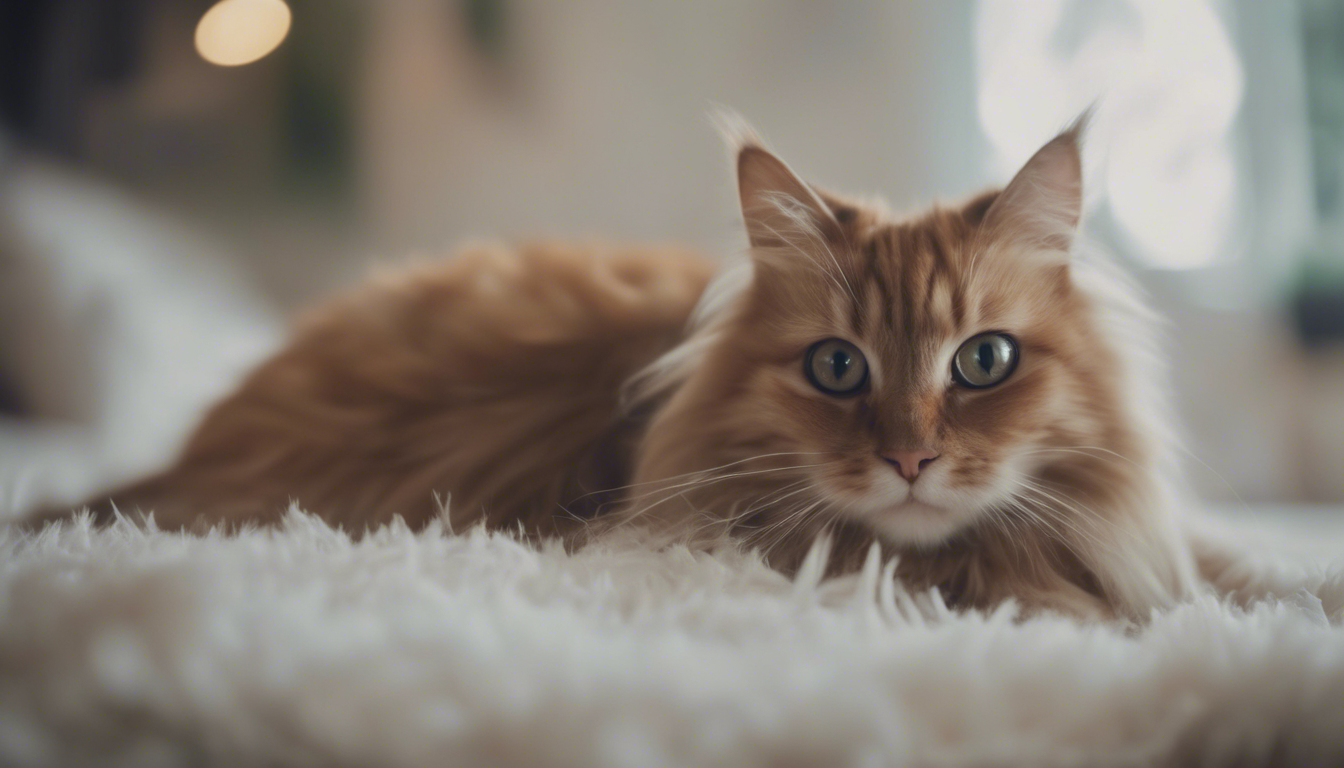
Step-by-Step Guide to Bonding Through Grooming
Now, let’s get down to the nitty-gritty of turning grooming from a chore into a bonding ritual with your feline friend. First things first: timing is everything. Choose a moment when your cat is calm and content – post-naptime can be a purrfect window of opportunity. This is when they’re likely to be more receptive to your touch and less inclined to turn into a feisty furball.
Next, you want to ensure your grooming zone is serene and inviting. A quiet room free from the hustle and bustle of the house’s goings-on can do wonders. Lay down a soft towel or blanket where your cat can lounge comfortably. And remember, treats aren’t just tasty – they’re tools of the trade for positive reinforcement.
Start with gentle pets to help your cat associate your touch with comfort and security. Then, introduce your brush or comb with equal tenderness. Begin with a few short strokes on less sensitive areas like the back or sides. Watch closely for signs of contentment: a purring motor, half-closed eyes, or a languid tail can signal that you’re on the right track. But keep those grooming sessions short and sweet in the beginning. Over time, you can expand them as your cat becomes more accustomed to the routine.
- Cats can have very sensitive tail-ends. Be extra careful when brushing this area to avoid a sudden swipe or hiss.
- This spot is often a kitty favorite. Many cats adore a gentle scratch here, so integrating it into your grooming routine can be pure bliss for your companion.
- Using your grooming gloves, mimic the gentle motion that kittens experience with their mother’s grooming. This can be a soothing gesture that solidifies your bond.
Always be observant of your cat’s body language throughout the grooming session. If you notice ears pinned back, dilated pupils, or a twitching tail, these are signs to ease off, as they could indicate irritation or discomfort. Remember, grooming shouldn’t be a battle – it’s a dance, with steps that both you and your cat should enjoy.
If you encounter mats that won’t come out with gentle teasing from a comb, it might be wise to consult a professional. Same goes for nail trimming if the sight of the clippers sends your kitty into a furry frenzy. It’s essential to prioritize your cat’s comfort and safety over a perfectly groomed coat.
Ultimately, every stroke, every snip, is an opportunity to convey your affection and commitment to your cat’s well-being. As your grooming sessions evolve into a series of familiar, reassuring rituals, they’ll become moments filled with mutual trust and affection, moments that both you and your cat will cherish. Your cat’s sleek, shiny coat will be just the cherry on top of a beautiful relationship augmented by these shared grooming experiences.
Reading Your Cat’s Signals During Grooming Sessions
Grooming your cat is more than just a beauty routine—it’s a unique language of love that you both speak. A language filled with purrs and pets, but also with vital non-verbal cues that your feline friend uses to communicate their comfort or discomfort during these intimate sessions. As a dedicated cat-caretaker, becoming fluent in understanding your cat’s signals can turn grooming into an enjoyable and stress-free experience for you both.
It’s important to learn the subtle dance of detecting the ‘I’m all good’ vibes versus the ‘okay human, that’s enough’ mood. Cats often communicate volumes with a simple flick of the tail or a turn of the head. For instance, when your cat is enjoying the grooming session, they may lean into your hand or brush, a sign of feline happiness and trust. Conversely, a stiff body, flattened ears, or a low growl can be your cat’s way of saying they’ve had enough.
- If your cat’s body suddenly goes rigid, it’s time to pause and give them some space. They could be telling you that they’re starting to feel overstimulated.
- If your cat starts to groom themselves frantically mid-session, they might be trying to regain control or soothe themselves. It’s a hint they might need a break.
- While some movement is normal, if your cat seems unable to settle down, it could be a sign of anxiety. They might not be in the mood for grooming at that moment.
The art of feline grooming is about balance. It is about respecting your cat’s individual limits while also helping them to gradually extend their tolerance for being handled. It isn’t uncommon for a cat to start out with a low grooming threshold. This doesn’t mean they’ll never enjoy being brushed or combed—it just means you have an excellent opportunity to slowly build a more robust grooming relationship, one stroke at a time.
Remember to use each session as a chance to reinforce positive associations. Reward calm and cooperative behavior with treats or their favorite form of affection, whether that’s a chin scratch or a gentle stroke along their back. Your goal is to create a series of positive grooming memories, so the brush in your hand signals bonding time, not a dreaded ordeal.
Over time, your cat may start to anticipate grooming sessions with a chirp or meow, or by rubbing against you—clear signals of their approval. This active engagement is a testament to the trust and love you’ve built through your patient and attentive grooming practices. As your relationship strengthens, you’ll find the grooming sessions aren’t just about the pristine fur or trimmed claws, but about the cherished, silent conversations between you and your beloved companion.
